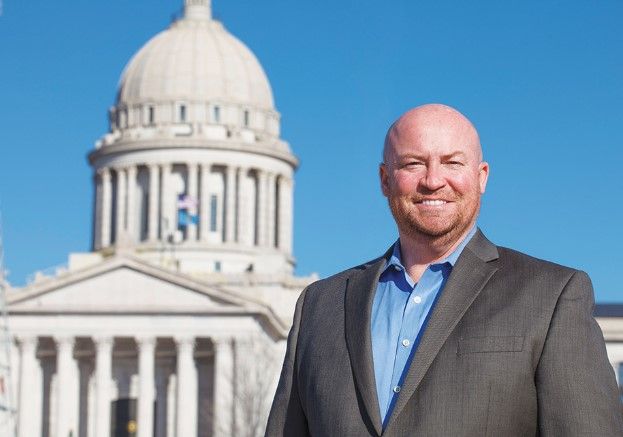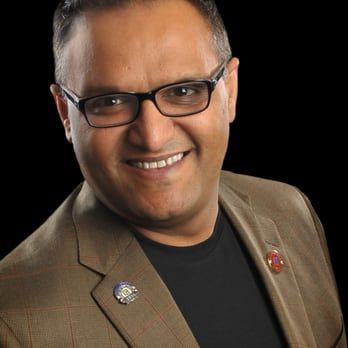We Can Stop Child Maltreatment, It Just Takes Vigilance
Child abuse and neglect – otherwise known as maltreatment – should not just be a grave concern; it should be a call to action for every person to do what they can to help those youngest among us.
Child abuse and neglect are associated with physical injuries, psychological issues, and in the most extreme cases, death. Statistics from the federal Administration for Children & Families, Child Trends, and the last annual Oklahoma Human Services (OHS) report are telling.
Nationwide, the federal Administration for Children & Families reports an estimated 1,990 children died from abuse and neglect in FY 2022. Incidents increased across the 50 states over a five-year period.
Looking at Oklahoma cases, there were 42 child fatalities in 2020 attributed to maltreatment, with 15 counted the following year. Oklahoma had a rate of 1.6 deaths per 100,000 children, with the national average listed at 2.4. Some might say that comparison is positive; however, we all should agree that any child death due to maltreatment is horrific.
Child maltreatment was perpetrated 80 percent of the time by parents and 20 percent by non-parents. Non-parents are often not strangers; they are often people dating a parent, someone in the family, or even a trusted adult through some connection.
According to OHS, there are five types of findings with investigations.
- Substantiated findings would show the investigation determined there was abuse or neglect.
- Unsubstantiated findings show a lack of evidence of abuse and neglect.
- A finding ruled out has determined that no abuse or neglect has occurred.
- A finding of failure to cooperate means the person responsible for the child’s health, safety and well-being does not cooperate in an assessment or investigation.
- Finally, a finding of reasonable parental discipline means the person being assessed or investigated used ordinary force and age-appropriate discipline. This results in an expungement of the records.
In their most recent annual report, OHS had 33,603 investigations into maltreatment assigned, with 58,972 child victims involved; the difference in numbers is due to multiple children being many of the homes. Of those, 14,273 were substantiated; 36,542 were unsubstantiated; 2,237 were ruled out; 4,237 listed as failure to cooperate; 1,678 recorded as unable to locate; and the five remaining were not listed in any of the categories.
Over the FY 2021 data reviewed by Child Trends, the number of child victims who received post response treatment in Oklahoma was 12,669, or 88 percent. The number of non-victims receiving services was 34,203, or 71 percent. It should be noted that the numbers for victims and non-victims can be duplicate counts; a child is counted each time that a Child Protective Services (CPS) response is completed, and services are provided.
This data includes 26 types of services, including but not limited to adoption, foster care, family preservation, mental health, and substance abuse. For these Oklahoma children entering foster care, 3,151, or 22 percent, were substantiated victims of child maltreatment and 1,290 (3 percent) were not victims of maltreatment. Current rates for state support of traditional foster care are:
- Age 0 to 5: $17.72.
- Age 6 to 12: $20.42.
- Age 13+: $22.62.
Rates go up for support with therapeutic foster care (TFC) for children 3-18 with specific needs. That amount is $19.76 per day due to intensive therapy needs.
If you suspect a child is being abused, or if you are a victim and reading this, please call the statewide abuse and neglect hotline at 1-800-522-3511. If you are interested in becoming a foster parent for a child, please go to https://okfosters.org/foster-care/apply-now/ to learn more. We need more good people who can help these children in need.











